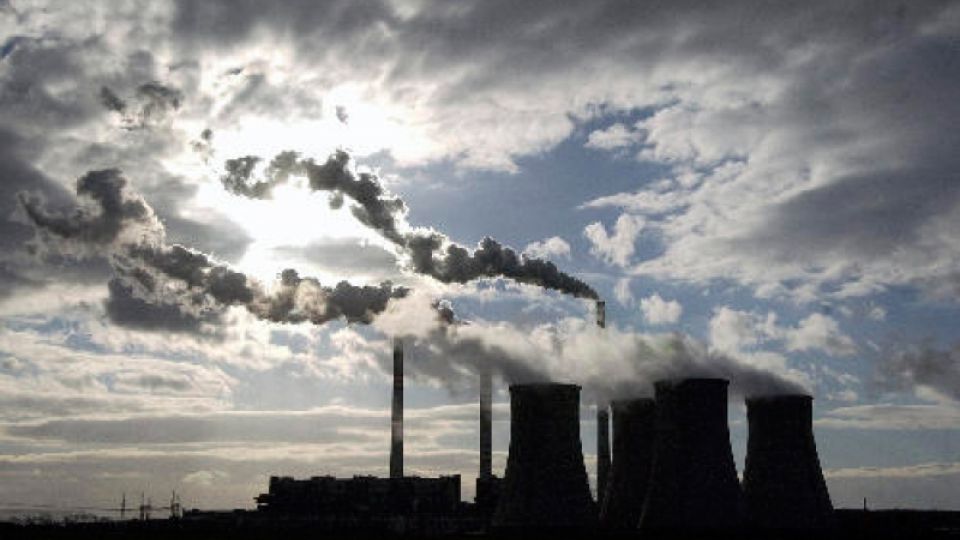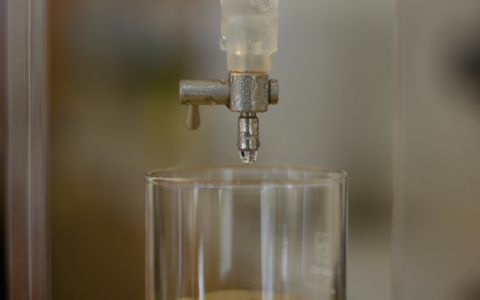For the fifth time, Arnika presented its charts of largest polluters, made up from the data from the Integrated Pollution Register (IPR). The information from 2008 brought a number of interesting changes. Several large polluters dropped out of the charts and there was a reduction in greenhouse gases.
Unlike the previous years, Rockwool does not feature in the charts. The producer of insulation was a champion in releasing cancerous substances last year. „In comparison to the last year, the producer of insulation from Bohumin substantially reduced emissions of formaldehyde. The change in production process reduced them by 13 tonnes,” stated Mr Milan Havel, head of Arnika’s Toxics and Waste Program. For a similar reason, the factory of Knauf Insulation from Krupka at Teplicko should also drop out of the charts in the upcoming year. Knauf introduced a new technology this year, which totally excludes the use of formaldehyde. Another example is the pharmaceutical production IVAX in Opava. There have been more similar examples over the 5-year long history of the IPR.
“It is obvious that the Register works. Companies don’t like to belong to the worst polluters. IPR’s data and Arnika’s charts apparently motivate them for improvements in technology and for reduction of emissions,” Mr Havel added to the positive results. However, some drawbacks of the IPR remain. One of the problems are too high reporting thresholds for some substances, such as hexachlorobenzene so that many of their emittors do not appear in the Register. Another problem is also missing data on emissions from toxics into products, as is the case of the incinerator Termizo in Liberec.
So who was the worst polluter in the last year? The Deza company of Valašské Meziříčí features in the first place in the chart of cancerous substances, as well as the chart of potentially cancerous substances. It increased the amount of emissions by 5 tonnes of naphthalene and 1.5 tonnes of benzene. The second place belongs to Kronospan OSB from Jihlava, the third places goes to Dřevozpracující družstvo (Woodworking Cooperative) of Lukavec.
Regarding greenhouse gases, the primacy belongs to the Czech Energy Works (ČEZ) company. Their power plan Prunéřov in Kadaň received first place and their power plan in Počerady got the third one. In between them the ArcelorMittal company of Ostrava, a traditional „champion“ of the Register, made it to the second place. In contrast to results from all previous years, there was a decrease in overall emissions of greenhouse gases in 2008, by approximately 8 percent. „Unfortunately we cannot say how much of this reduction was caused by economic downfall and how much comes from efforts for real emission reduction. Those are clearly positive figgures but do not forget that emissions of greenhouse gases in the Czech Republic were rising all previous years. Moreover in 2007, the European Council adopted the mandatory reduction by 20 percent till 2020,“ commented Mr Havel.







